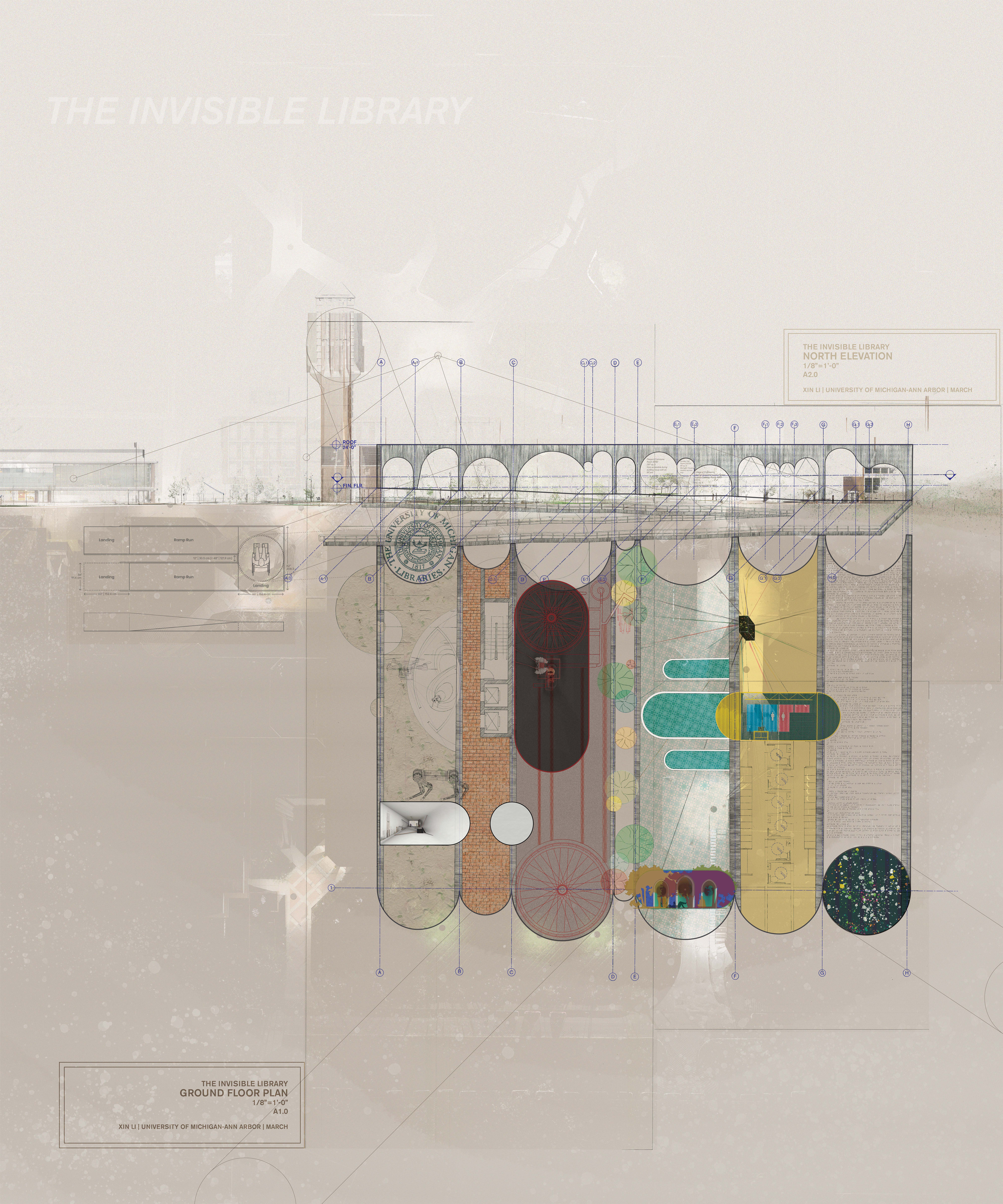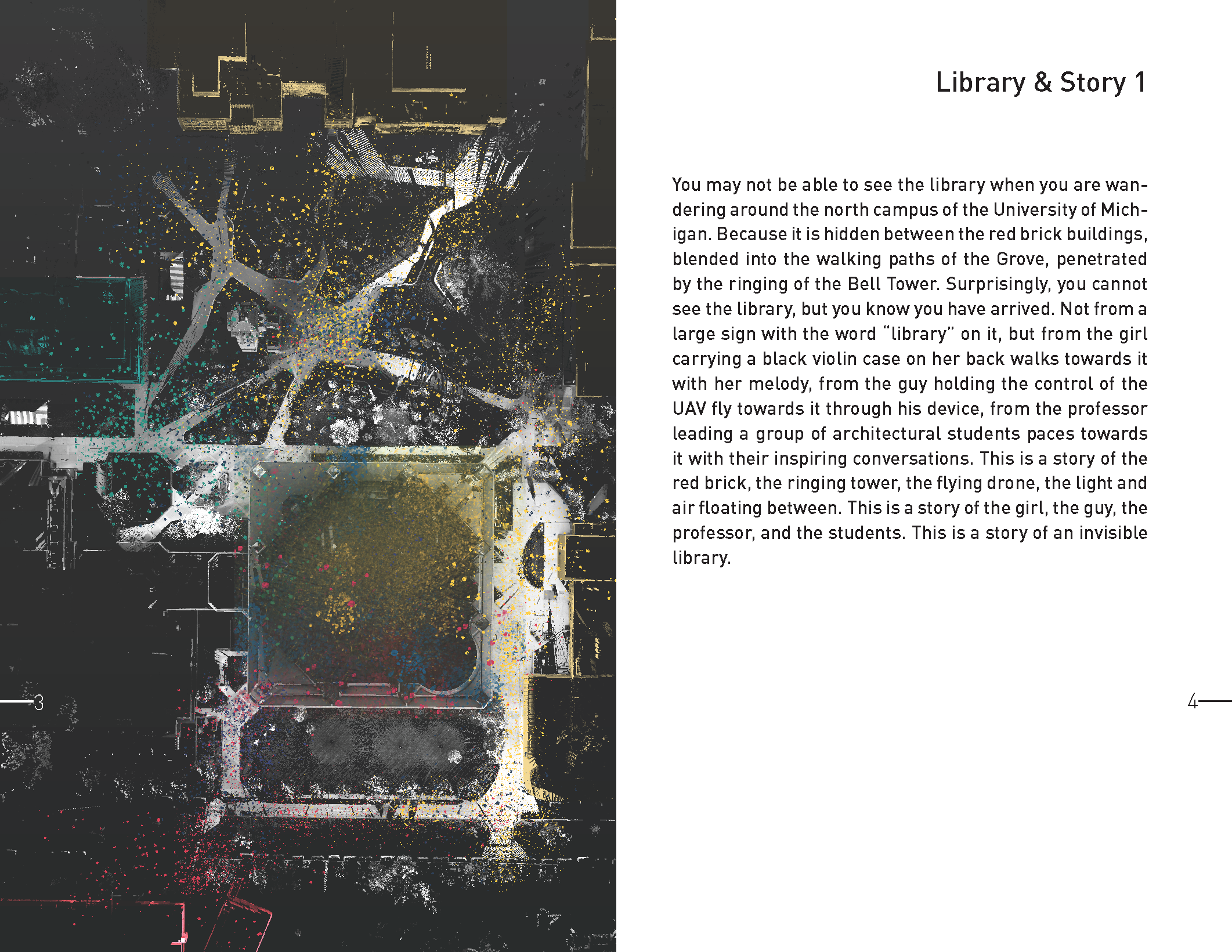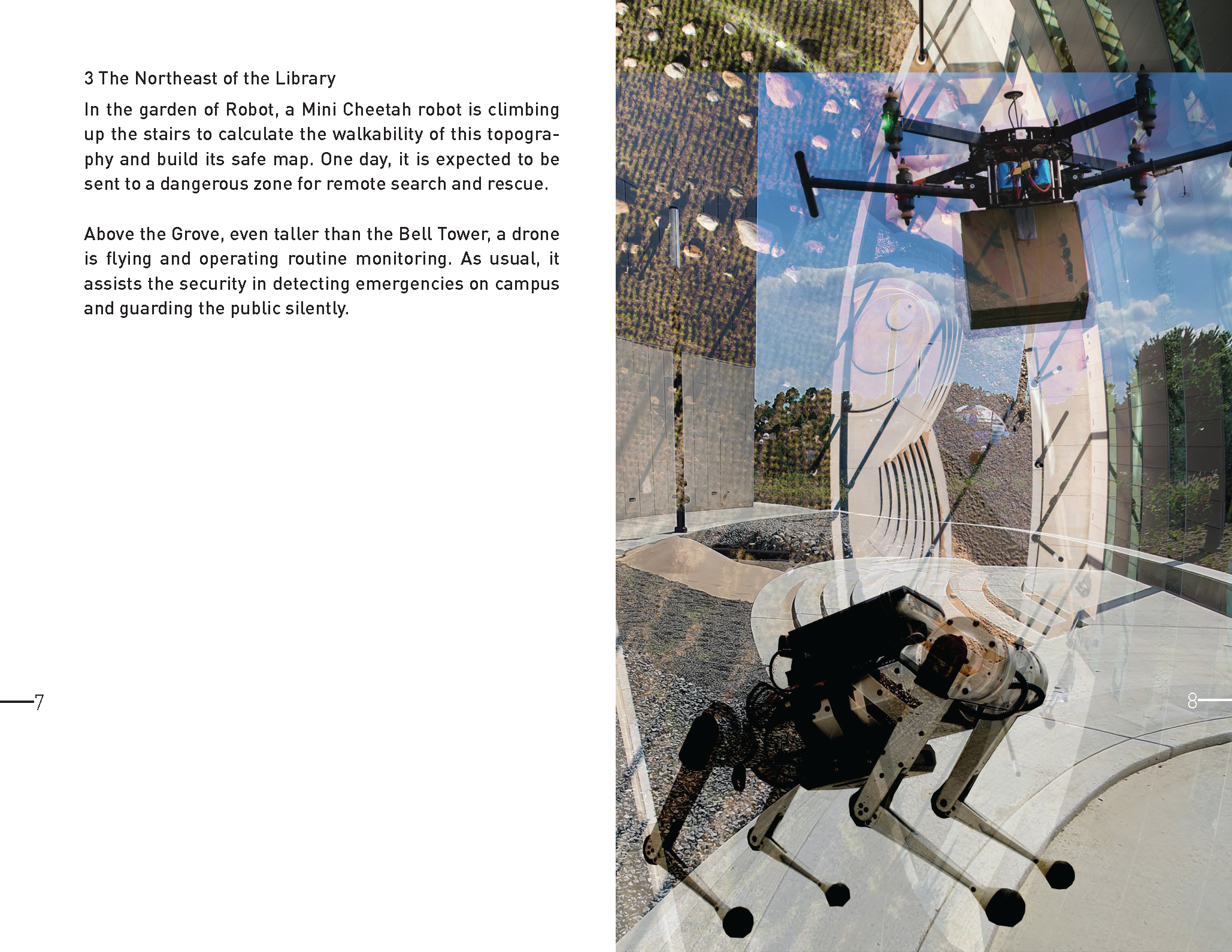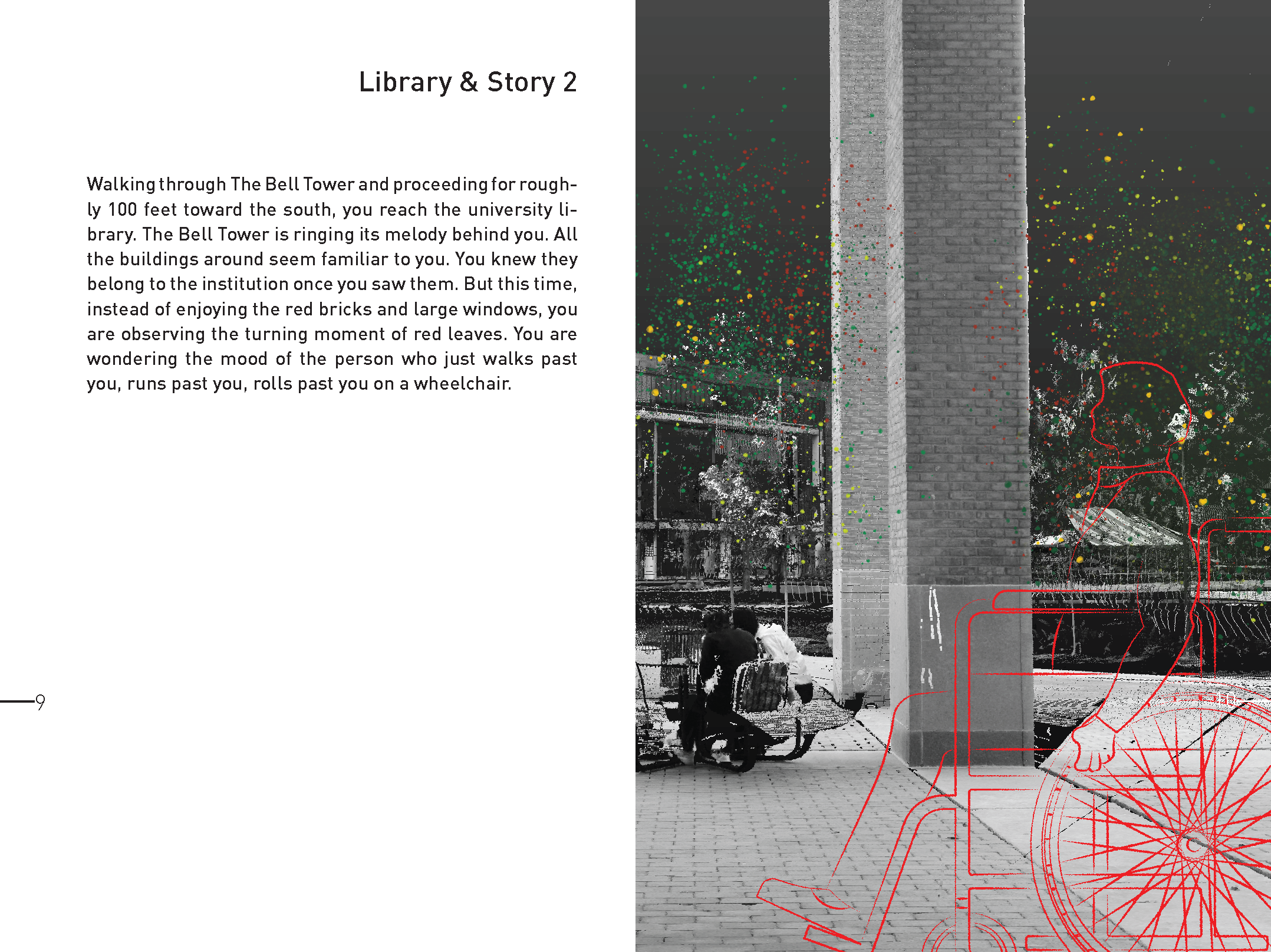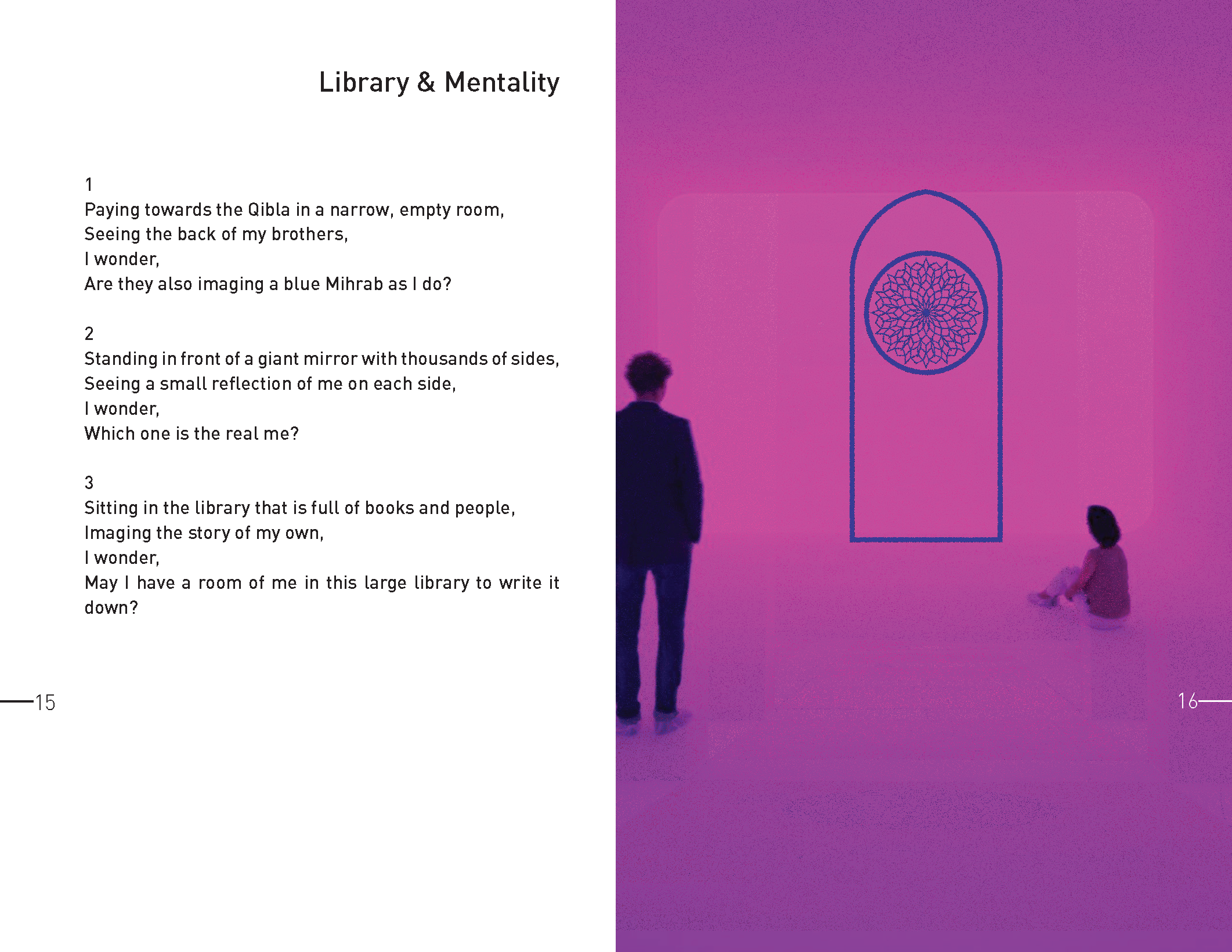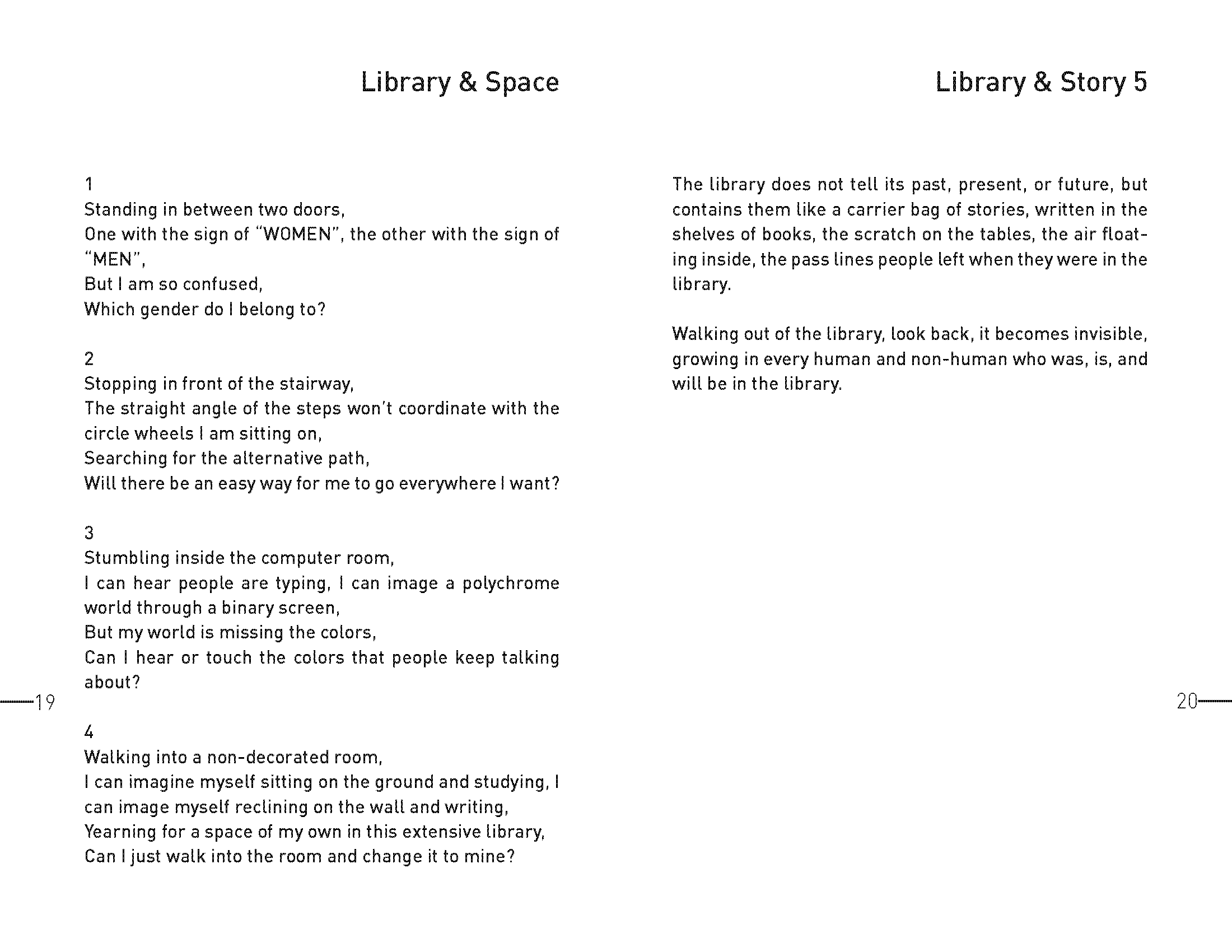PROFESSOR
DAWN GILPIN
STUDIO
THE POLYPHONIC FIELD OF BABEL
Architecture is but the distance between ones’ position in space relative to the celestial and terrestrial and the interlacing of public space and institutional formation in what constitutes civilized space. Somewhere between the viscera of matter and the ephemera of media, architectural production in the early 21st century is accountable for new conceptions of social-civic enterprise.
This studio explores the potential of architectural enterprise, the many voices involved in its production, and new spaces for the social-civic body as it relates to the portal or threshold to other worlds via technology and the architectures of organization, categorization and distribution. Operating at multiple scales of engagement from the imagination to the object as threshold to other worlds and experiences.
The Tower of Babel and The Library of Alexandria frame and stage a mirror to society, often triggering acts of contestation within the social-civic body. From acts of anarchy, to adherence to codes of ethical conduct, architecture is located between where these oppositions collide. The studio develops parallel methodologies in notational and the visceral that enable the range of locating and acting on architectural atmospheres and worldmaking within the political contours of time.
“A library is a focal point, a sacred place to a community; and its sacredness is its accessibility, its publicness. It’s everybody’s place.” -Ursula K. Le Guin
︎︎︎BACK ︎
JULIA MCMORROUGH
Elliot Smithberger
Ruiying Zhang
MATIAS DEL CAMPO
Dowdle, Ibrahim, Zhang Fahmy, Kamhawi, Pandey
IAN DONALDSON
Gort-Cabeza de Vaca
Anahita Mojahed
DAWN GILPIN
Sang Won Kang
Xin Li
PETER HALQUIST
Chung-Han (Joanne)
Chengdai Yang
PERRY KULPER
Ghassan Alserayhi
Eilís Finnegan
ANN LUI
Will Kirsch
Kendra Soler
STEVEN MANKOUCHE
Stephen Corcoran
Aric Reed
NEAL ROBINSON
Connor Tuthill
Eduardo Villamor
JON RULE
Richard Hua
Qianwei Zhang
CHRISTIAN UNVERZAGT
Siyuan (Elaine) Cheng
Vance Smith Jr
KATHY VELIKOV
Emma Powers
Brian Smith
STUDENT WORK
XIN LI
“THE INVISIBLE LIBRARY”
The library does not tell its past, present, or future, but contains them like a carrier bag of stories, written in the shelves of books, the scratch on the tables, the air floating inside, the pass lines people left when they were in the library. Here we are telling the story of the Invisible Library. In different chapters, we visualized the library with INSTITUTION, BODY, MENTALITY, SPACE, and STORY. Therefore the library is carried by every human and non-human who was, is, and will be in the library, carried by their memories and stories. And suddenly, we realized the library becomes invisible.
